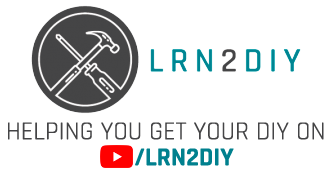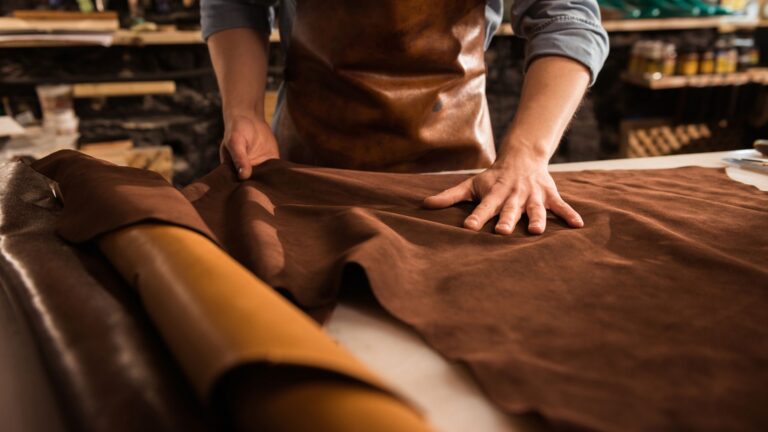There are many practical crafts you can get into, one of which is leatherworking. While you may not dream of becoming a cobbler or professional tanner, here is a helpful beginner’s guide to leatherworking to help you start.
Decide What To Work On
When it comes to any DIY project, the first thing to keep in mind is what you want to work on. Perhaps you need to reupholster your car or interior furniture. Another possibility is you want to create a homemade wallet or belt that looks and feels nice. Whichever project you want to tackle, it’s imperative you take the necessary precautions first. Research, plan, and decide on a project that fits your style and level of experience. As a beginner, start small. There’s no pressure in what you want to achieve. After all, this is your DIY craft project.
Know the Materials
When it comes to leatherwork, you want to familiarize yourself with the materials. Leather is fundamentally the tanned hide of an animal—typically cattle. However, many people don’t know that there are many different types of leather to choose from. In addition to cattle, you can choose bison leather, deer, elk, sheep, goat, alligator, snake, and much more. The more exquisite the leather, the more unique your project becomes. Keep in mind that leather has its own grade. The grain or cut pertains to the number of layers in the leather. Full grain has all of its original layers, whereas top grain, corrected grain, and split leather have fewer layers. These also tend to be cheaper and softer than full grain. Additionally, you may need to have a sharp knife, stitching chisels, sewing needles and thread, sandpaper, a mallet, and an edge leveler, depending on the project.
Don’t Rush It
Leatherworking is a delicate craft. Part of this helpful beginner’s guide to leatherworking is to take your time. You need to prepare your leather to identify any irregularities. Then, you cut the leather with a utility knife or strap cutter. Gluing, casing, saddle stitching, and dyeing the leather are also important steps in the process. Always follow the directions of your DIY project so you sufficiently and effectively create or patch what you want to achieve.
Practice Makes Perfect
Finally, understand that your first leather project may not come out as you intended. That’s okay! As the old saying goes: practice makes perfect. It takes hours to master a craft, and for beginners, this will not happen overnight. Start small and work your way to more challenging projects. Perhaps you want to create a keychain or patch a small hole in your armchair. Once you’ve successfully done that, you can work your way to larger projects, like creating a wallet, watch strap, or backpack. You may even want to consider repairs for larger furniture or the interior of your car. Either way, to become more efficient at leatherworking, you must put in the time, attention, and patience to accomplish the goals you set for yourself.

